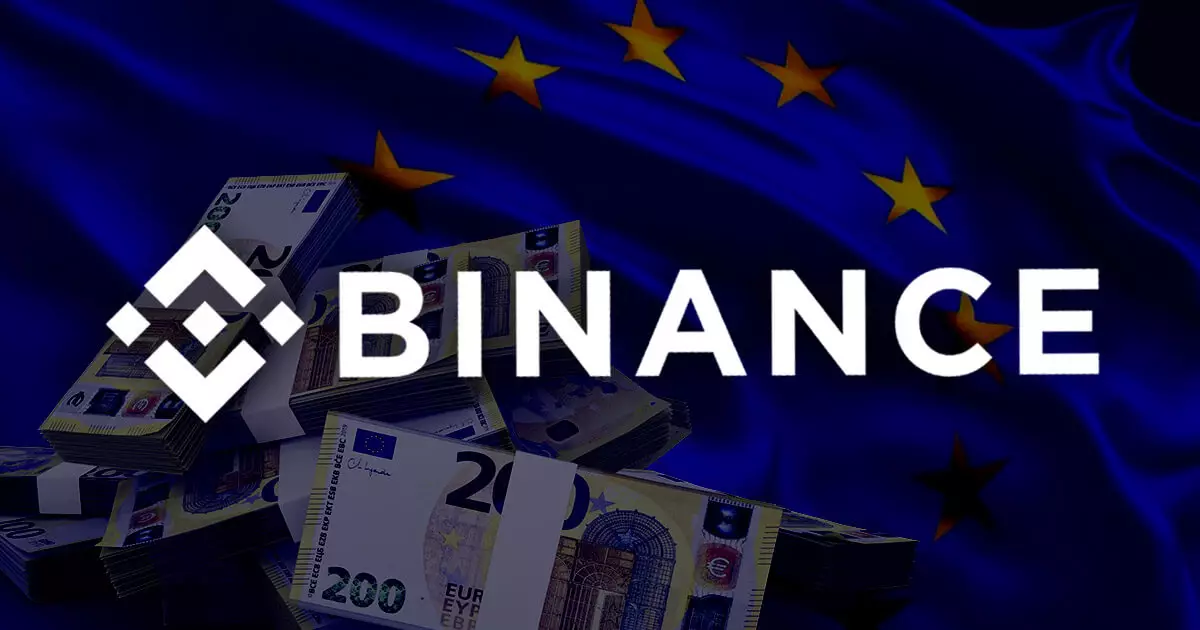Binance, one of the world’s leading cryptocurrency exchanges, has announced its decision to limit the availability of “unregulated stablecoins” in the European Union by June 30. This move is in alignment with the upcoming Markets in Crypto-Assets Regulation (MiCA), which is set to have a significant impact on the stablecoin market in the EEA.
Binance’s Phased Approach
Binance has indicated that it will be implementing a phased approach to meet the new stablecoin regulations in Europe. Users will have the option to convert holdings in unregulated stablecoins to other digital assets such as Bitcoin, Ethereum, regulated stablecoins, and fiat currencies. These transitional measures aim to ensure that EEA users can switch to regulated stablecoins without causing any market disruptions.
Restrictions Across Product Range
In addition to the conversion of unregulated stablecoins, Binance will also be implementing restrictions across its entire product range. This will prevent users from accessing new products or services that involve unauthorized stablecoins. The exchange has not yet specified which stablecoins will be affected by these restrictions.
Regulatory Landscape in the EU
The European Union’s MiCA legislation is expected to be fully operational by the end of 2024, with stablecoin regulations set to be enacted this month. Under the new rules, only Electronic Money Institutions (EMIs) and credit institutions will be allowed to issue stablecoins, in line with the existing EU Electronic Money Directive (EMD).
Major crypto exchanges such as Kraken and OKX are already working to comply with the new regulations, which may involve removing certain stablecoins like Tether’s USDT from their platforms. However, Circle and its USDC stablecoin are well-positioned to meet the regulatory requirements. Circle has applied for an EMI license and secured conditional registration in France, demonstrating its commitment to aligning with the EU’s MiCA regime.
Dante Disparte, Circle’s Chief Strategy Officer, has emphasized the significance of MiCA, stating that it is not something that can be ignored. By proactively seeking regulatory compliance and partnering with traditional financial institutions, Circle is positioning itself as a leader in the evolving regulatory landscape of the cryptocurrency industry.



















Leave a Reply